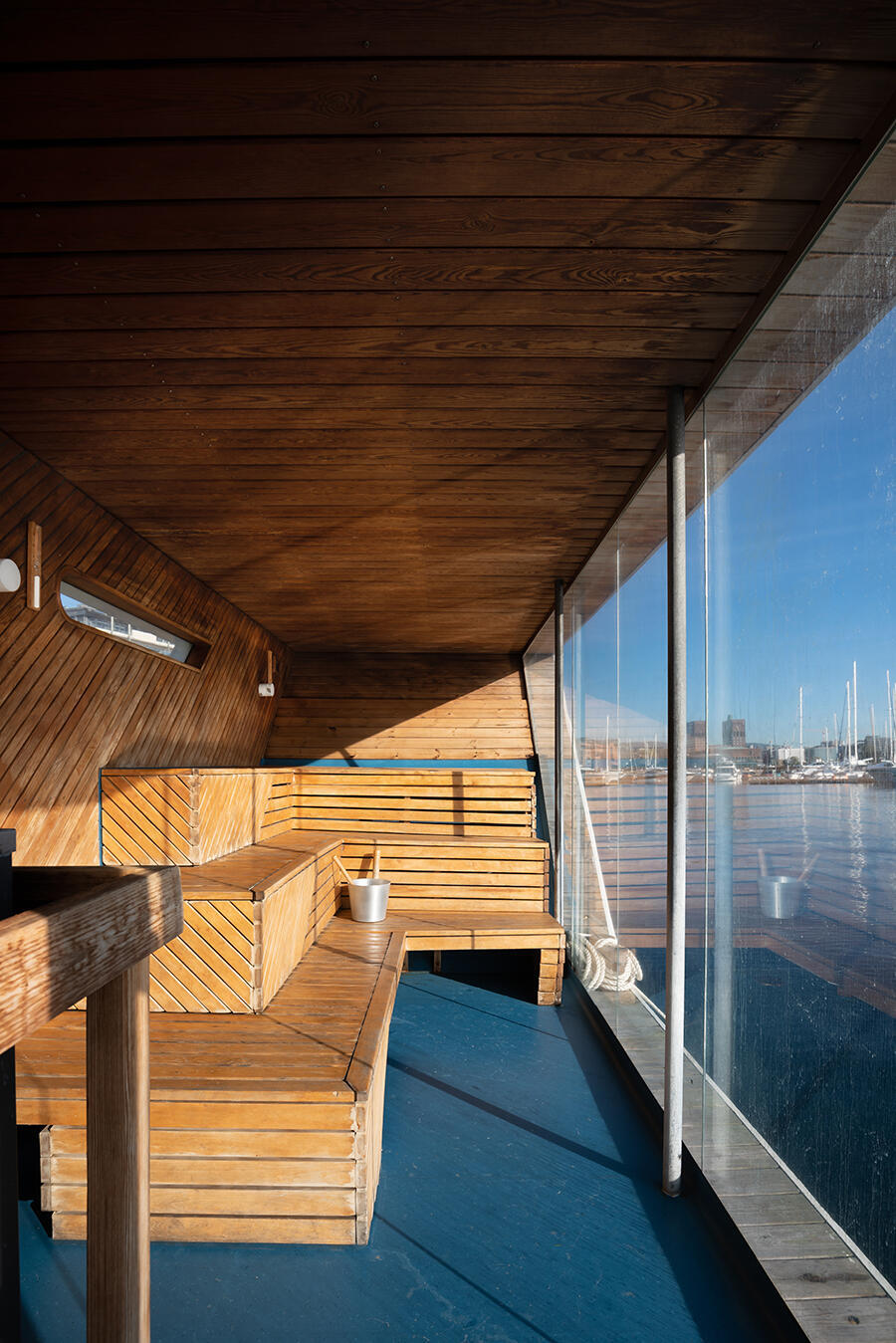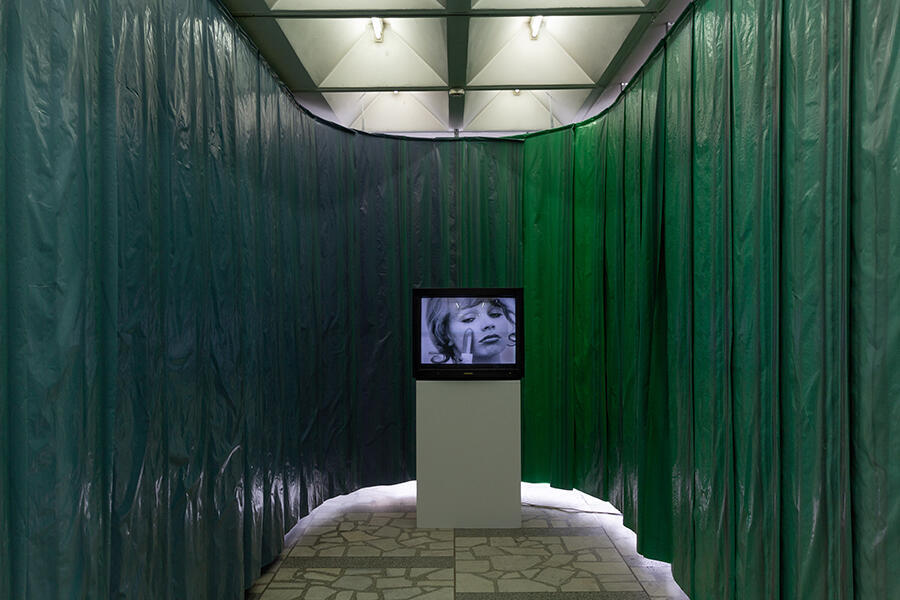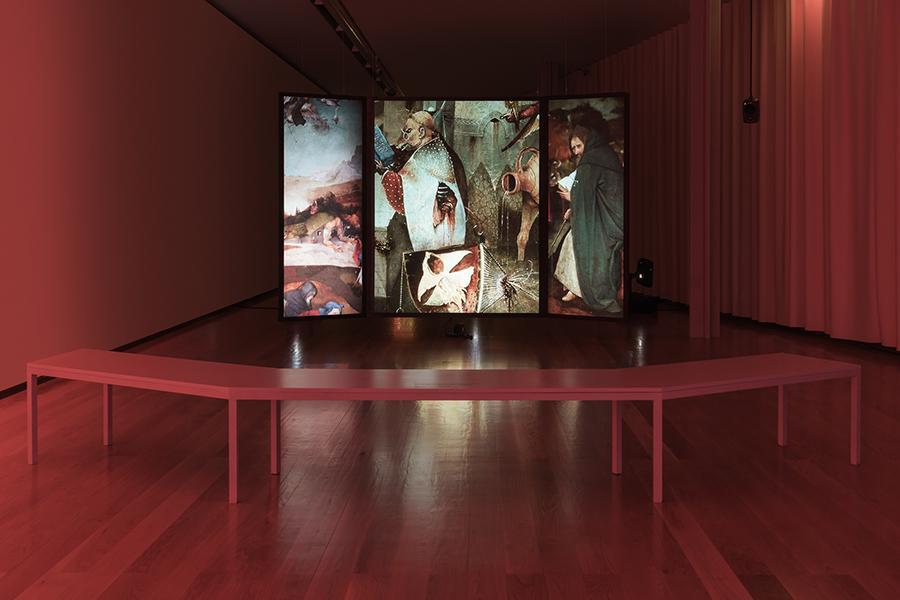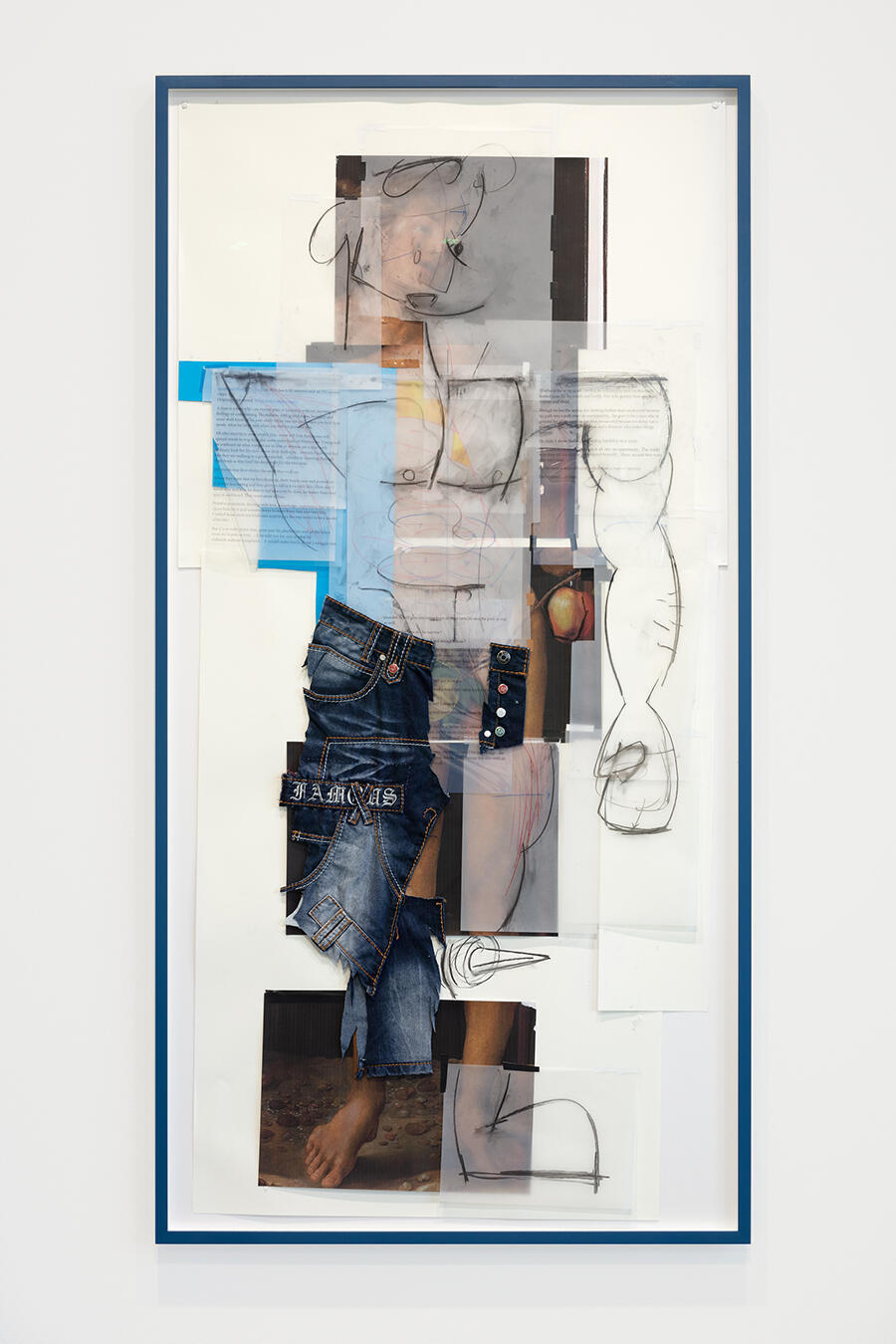The Top 10 Shows in the EU of 2021
From a major retrospective by Renée Green to Małgorzata Mirga-Tas's patchwork quilts, these are the best exhibitions of the year
From a major retrospective by Renée Green to Małgorzata Mirga-Tas's patchwork quilts, these are the best exhibitions of the year

As fresh lockdowns in Austria, the Netherlands and Germany loom, now is a good a time as any to celebrate some of the artists and institutions who, despite the enormous challenges facing them, managed to pull off impactful exhibitions in 2021. Some of these, such as Lydia Ourahmane’s ‘Barzakh’ and Simon Fujiwara’s ‘Who the Bær’, directly reference the pandemic, while others, including Renée Green’s current retrospective at KW Institute of Contemporary Art, look to the past in order to explore ‘the weight’, according to writer Pablo Larios, ‘of inherited histories of language’.

Sissel Tolaas
Astrup Fearnley Museet
Oslo, Norway
Since the early 1990s, Sissel Tolaas has been creating works that used smell to trigger emotions and memories in exhibition goers. In this large-scale presentation at Olso’s Astrup Fearnley Museet, the Berlin-based, Norwegian artist has filled seven indoor and outdoor spaces with sensory experiences that range from enjoyable to downright antagonistic. In doing so, Timotheus Vermeulen argues in his review, Tolaas has created ‘what might be one of the most ambitious and evocative exhibitions’ he has ever visited.

Lydia Ourahmane
Triangle – Astérides and Kunsthalle Basel,
Marseille, France, and Basel, Switzerland
When Algeria closed its borders in spring 2020, Lydia Ourahmane found herself trapped in Europe. Invited to stage a joint exhibition at Triangle – Astérides and Kunsthalle Basel in 2021, the artist brought her ‘home’ to her, transporting 5,000 objects from her apartment in Algiers to Basel and then to Marseille. As Oriane Durand wrote in her review: ‘By circumventing the cessation of free movement during the pandemic, Ourahmane perfectly exhibits the absurdity of laws and regulations which often result in goods having greater rights than people, rendering “Barzakh” a form of resistance, and even empowerment.'

Renée Green
KW Institute of Contemporary Art & daadgalerie
Berlin, Germany
In his review of Renée Green’s ‘Inevitable Distances’, which runs at KW Institute of Contemporary Art and daadgalerie until 9 January 2022, Pablo Larios delights in revisiting the New York-based artist's first piece in time based media, Import/Export Funk Office (1992–1993), which she made while on a daad residency in Berlin in 1993. Larios writes: ‘There is something awesome about hearing Green’s voice, off camera, interviewing these cigarette-smoking – mostly white European – men about hip-hop. Neither docile nor hostile, like a good journalist, she lets her subjects do the showing.’

Michaela Eichwald
Lenbachhaus,
Munich, Germany
Organized in cooperation with Kunsthalle Basel, Michaela Eichwald’s solo exhibition at Lenbachhaus – comprising almost entirely of new paintings and sculptures – showed why she is considered one of the most innovative artists of her generation. ‘Full of observations about tabloid newspapers, pop culture and social media,’ observes Sarah E. James in her profile of the artist, 'these works are as confident and easy in their conversations and confrontations with art history’s genres and giants as they are with their own material imaginaries.’

Bea Schlingelhoff
Kunstverein München
Munich, Germany
Invited to show at Kunstverein München, Bea Schlingelhoff came across a document that showed that the institution prohibited ‘non Aryan’ members in 1936. As a result, the artist encouraged the institution, which was one of the venues of the Nazi-organized ‘Degenerate Art Exhibition’ of 1937, to acknowledge its past participation in the Nazi regime. As frieze associate editor Carina Bukuts wrote, ‘While many buildings in the city have historical ties to the fascist regime, Kunstverein München bore no marker of its own affiliation until Schlingelhoff installed four permanent plaques on the facade, naming the only female artists that were included in the “Degenerate Art” show: Maria Caspar-Filser, Jacoba van Heemskerck, Marg Moll and Emy Roeder.’

The Baltic Triennial
Various locations
Vilnius, Lithuania
For this edition of the Triennial, curators Valentinas Klimašauskas and João Laia worked with Isora x Lozuraityte studio to create an exhibition architecture that turned the Contemporary Art Center’s brutalist building into a colourful maze. Within this setting, the duo presented a range of contemporary and historical positions that acted as a clear rebuke to the surge of right-wing ideology in Eastern Europe. 'In doing so,' wrote Yana Foqué 'the exhibition offers us a telescopic view onto complex issues that reach far beyond the porous boundaries of this geopolitical region.'

Diana Policarpo
Galeria Municipal do Porto
Porto, Portugal
Titled 'Nest of Hyphae', Diana Policarpo's solo exhibition at Galeria Municipal do Porto offered 'a multiplex physical experience of sounds, lights and esoteric knowledge', according to Cristina Sanchez-Kozyreva. Emerging from the Lisbon-based artist's interest in 'ergotism', a disease that comes from eating food contaminated with ergot fungus, the show's stand out piece Bosch’s Garden (2020), is based on Temptation of St. Anthony (c.1501) by Hieronymus Bosch, who, Sanchez-Kozyreva explains, 'symbolically depicted its [ergotism's] gruesome torments as the trials of evil forces testing St. Anthony’s devotion'.

Danh Vo
Secession
Vienna, Austria
Ahead of Dahn Vo's solo exhibition at Secession, Tom McCarthy visited the artist in his Brandenburg farmhouse and studio-headquarters to celebrate the Summer Solstice. While sipping champagne amongst the flowers, the author muses on what the significance of this rural set up is for an artist 'famous for his reconfigurations of eclectic, culturally loaded objects that set fridges, flags and flagellated Christs in dialogue with one another.'

Małgorzata Mirga-Tas
Galeria Arsenal
Bialystok, Poland
In many of the works in ‘Out of Egypt’, Małgorzata Mirga-Tas addressed the 'critical tension', wrote Krzysztof Kościuczuk, 'between the objectification and lived experience of Roma culture'. Featuring a series of patchworks of patterned fabrics and wax sculptures, this intimate offering by the Polish-Roma artist was an important statement 'in a country faced with a mono-ethnicity crisis'.

Simon Fujiwara
Prada Foundation
Milan, Italy
Comprising a site-specific, mixed media installation, '‘Who the Bær’ was Simon Fujiwara's response to a year and a half of lockdowns. 'Overwhelmed by a period marked not only by the pandemic but also crucial social change,' wrote Ana Vukadin in her review, 'the artist sought refuge in drawing and collage, combining his own original characters with photographs and news stories culled from the internet – from Elon Musk’s space launch to the Black Lives Matter protests [...] The result is a superbly entertaining, wildly inventive show, which sees viewers embark on a fairy-tale journey through a bear-shaped labyrinth made from cardboard.'
Main image: Simon Fujiwara, 'Who the Bær', 2021, exhibition view, Fondazione Prada, Milan, Italy. Courtesy: the artist and Fondazione Prada, Milan























